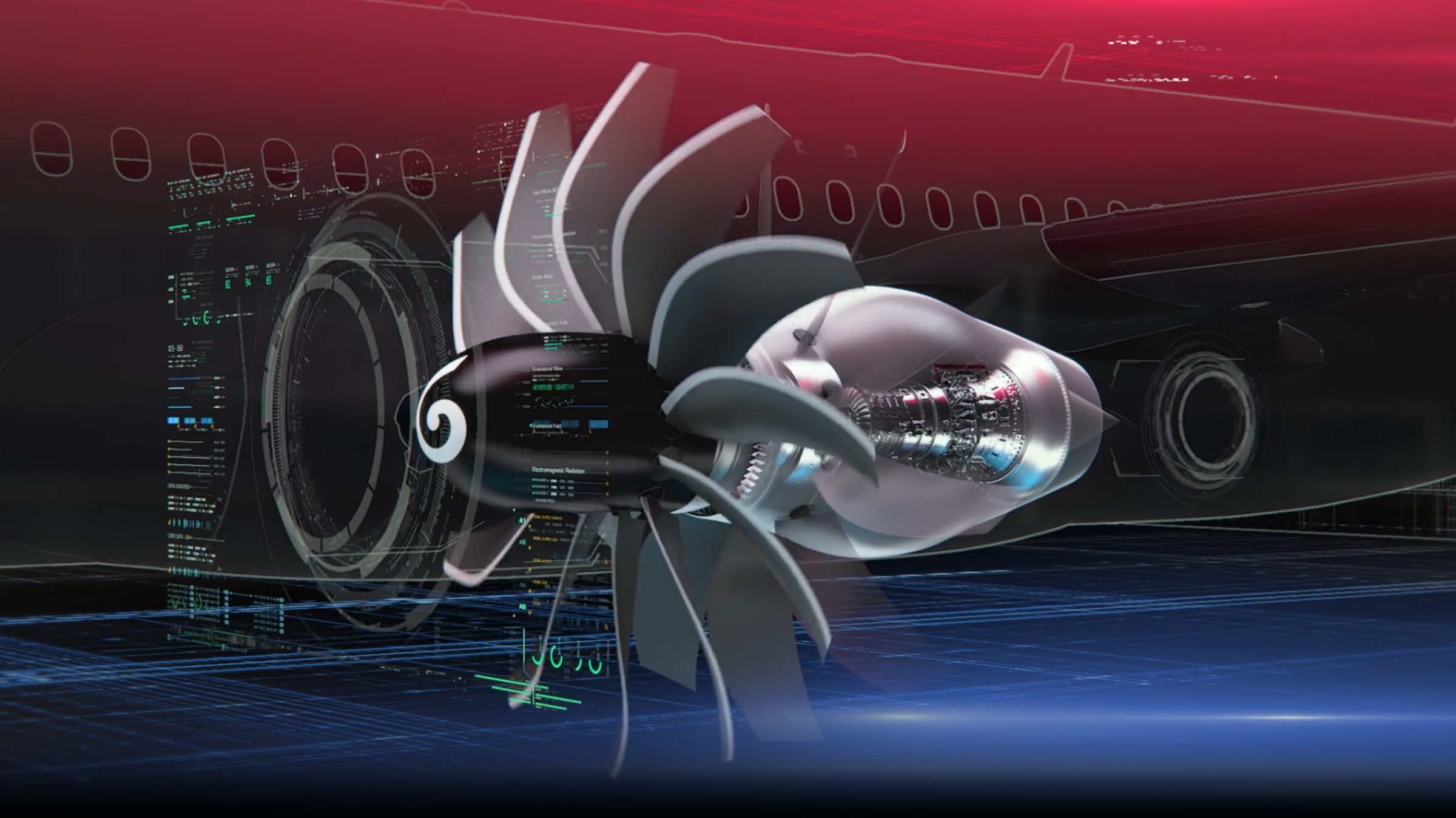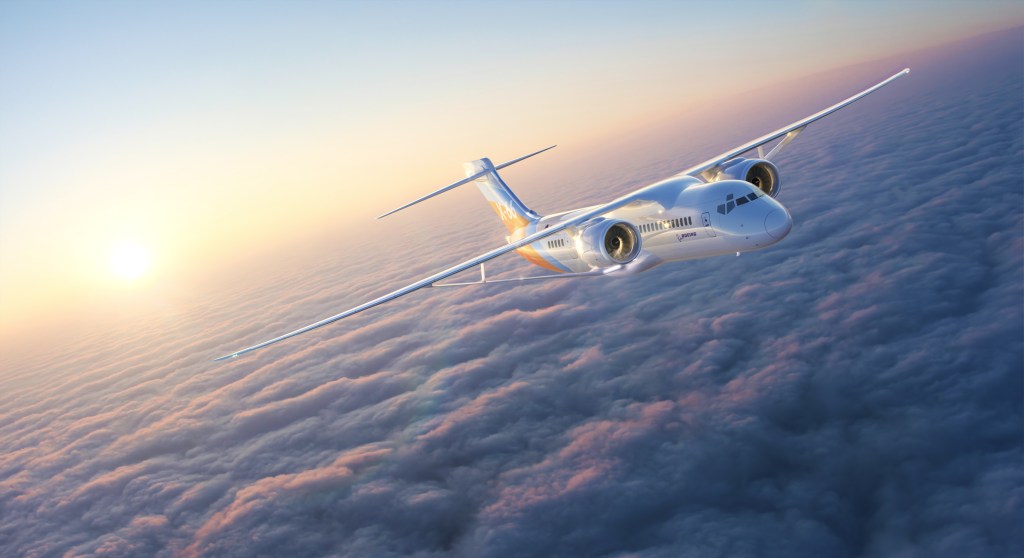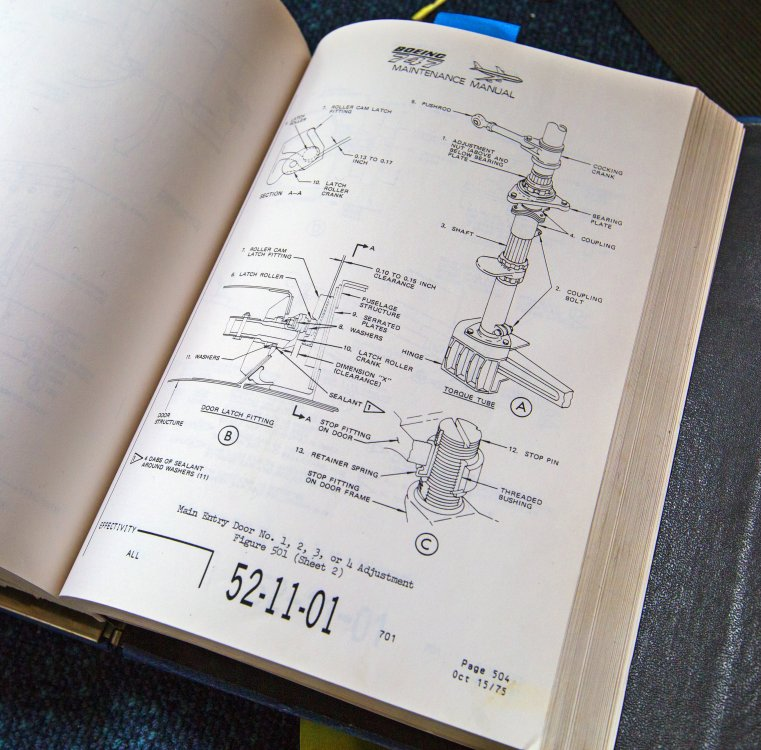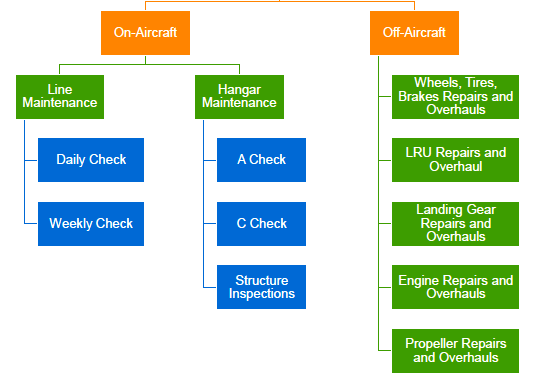Leeham News and Analysis
There's more to real news than a news release.
Bjorn’s Corner: New engine development. Part 3. Propulsive efficiency
April 12, 2024, ©. Leeham News: We have started an article series about engine development. The aim is to understand why engine development now dominates the new airliner development calendar time and the risks involved.
To understand why engine development has become a challenging task, we need to understand engine fundamentals and the technologies used for these fundamentals. We started last week with thrust generation, now we develop this to propulsive efficiency.
Bjorn’ s Corner: New engine development. Part 2. Thrust generation
April 5, 2024, ©. Leeham News: We started an article series about engine development last week. The aim is to understand why engine development nowadays dominates the needed time and the risks involved in new aircraft development.
To understand why engine development has become perhaps the most challenging task, we need to understand engine fundamentals and the technologies used for these fundamentals. We start this week with thrust generation.
Bjorn’ s Corner: Engine development. Part 1. Introduction
March 29, 2024, ©. Leeham News: We finished our article series about New Aircraft Technologies last week. It dealt with the different new technologies that a next-generation airliner could use to increase efficiency and by it environmental emissions.
An area that we touched upon but didn’t dig deeper into was engine development. When airframe development historically decided how long a new generation of aircraft took to develop, it gradually changed to engine development being the more calendar-time-consuming and riskier development for the last generations. This article series will discuss why and what can be done about it.
Bjorn’s Corner: New aircraft technologies. Part 50. Wrap up.
March 15, 2024, ©. Leeham News: We started the series a year ago about the New Aircraft Technologies that can be used when replacing our present single-aisle airliners.
We have covered a lot, including the typical development phases, from initial studies to preparing for the aircraft’s in-service phase.
Let’s make a resume of what we have discussed.
Bjorn’ s Corner: New aircraft technologies. Part 49. Engine Maintenance
March 8, 2024, ©. Leeham News: We are discussing the different phases of a new airliner program. After covering the Design and Production, we now look at the Operational phase of a new airliner family.
For the operational phase, the airplane must pass scrutiny for Continued Airworthiness. The biggest item in a regulator’s Instructions for Continued Airworthiness is the required Maintenance program to keep an airliner airworthy. We discussed airframe maintenance in the last article. Now, we look at engine maintenance.
Bjorn’ s Corner: New aircraft technologies. Part 48. Maintenance Program for the A320/A321
March 1, 2024, ©. Leeham News: We are discussing the Operational phase of a new airliner family. For the operational phase, the airplane must pass scrutiny for Continued Airworthiness. The biggest item in a regulator’s Instructions for Continued Airworthiness is the required Maintenance program to keep an airliner airworthy. We discussed the modern MSG-3 maintenance program for an airliner last week, why it was created, and its main analysis principles.
Now we look at maintenance data designed to the MSG-3 standard, the Maintenance Planning Document (MPD) for the Airbus A318/A319/A320/A321.
Bjorn’ s Corner: New aircraft technologies. Part 47. MSG-3 Maintenance
February 2, 2024, ©. Leeham News: We are discussing the different phases of a new airliner program. After covering the Design and Production, we now look at the Operational phase of a new airliner family.
For the operational phase, the airplane must pass scrutiny for Continued Airworthiness. The biggest item in a regulator’s Instructions for Continued Airworthiness is the required Maintenance program to keep an airliner airworthy. We started last week with how maintenance went from ad-hoc to a Hard Timed maintenance program in the late 1950s and early 1960s.
Bjorn’ s Corner: New aircraft technologies. Part 46. Maintenance Program
January 19, 2024, ©. Leeham News: We are discussing the different phases of a new airliner program. After covering the Design and Production, we now look at the Operational phase of a new airliner family.
For the operational phase, the airplane must pass scrutiny for Continued Airworthiness. Today, we discuss the biggest item in a regulator’s Instructions for Continued Airworthiness: the required Maintenance to keep an airliner airworthy.
Bjorn’ s Corner: New aircraft technologies. Part 45. Continued Airworthiness
January 12, 2024, ©. Leeham News: We are discussing the different phases of a new airliner program. After covering the Design and Production, we now look at the Operational phase of a new airliner family.
For the operational phase, the airplane must pass scrutiny for Continued Airworthiness. Today, we discuss the different means available to the Regulator, such as Airworthiness Directives ( ADs) and System Bulletins (SBs) to the OEM to make sure any detected issues get noticed and corrected.











